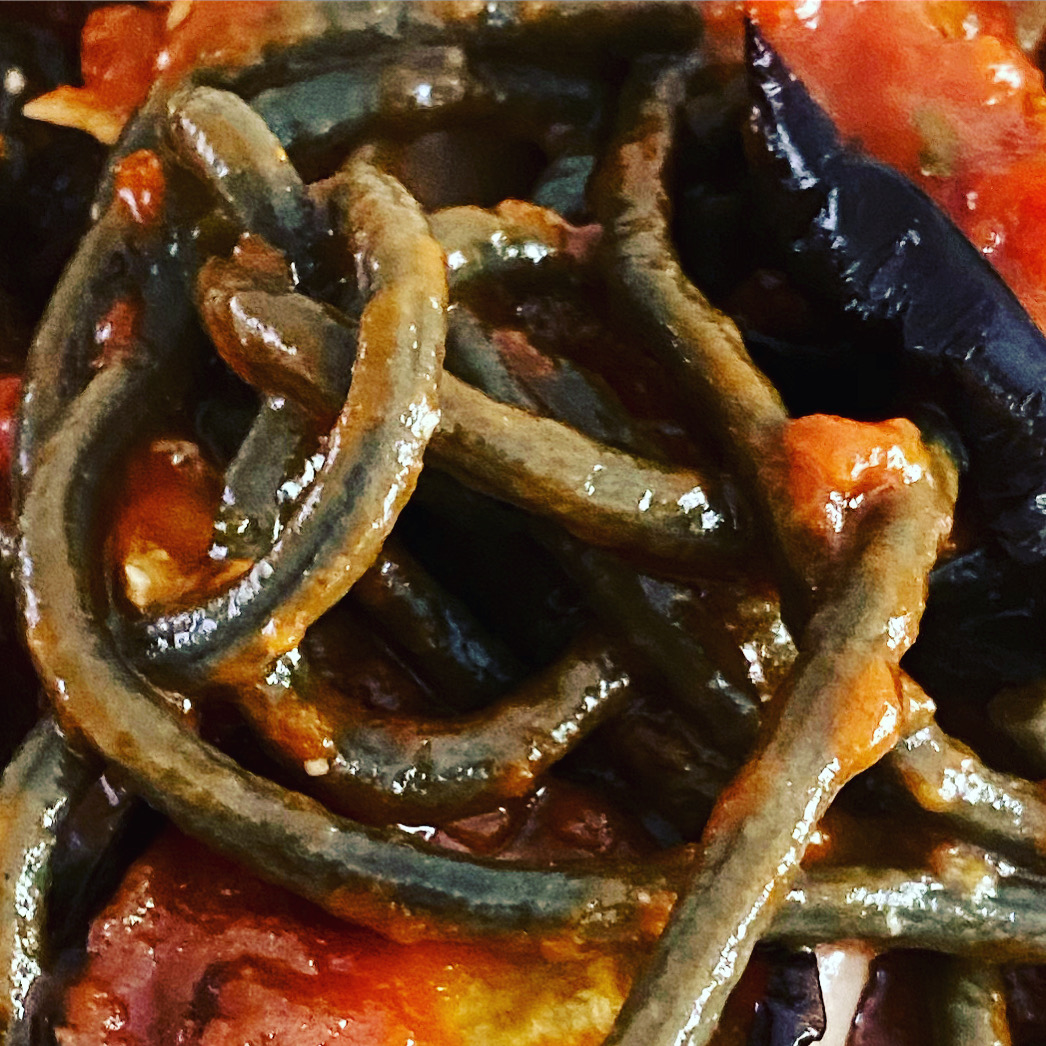Elizabeth A. Povinelli, “Do Rocks Listen? The Cultural Politics of Apprehending Australian Aboriginal Labor,” American Anthropologist 97, no. 3 (September 1995): 505–518.
Michel Foucault, The History of Sexuality, vol. I: The Will to Knowledge (Paris: Éditions Gallimard, 1978), 103.
Ibid., 87.
Constanza Musu, “War metaphors used for COVID-19 are compelling but also dangerous,” The Conversation, April 8, 2020, ➝.
Maciej F. Boni et al., “Evolutionary origins of the SARS-CoV-2 sarbecovirus lineage responsible for the COVID-19 pandemic,” Nature Microbiology (2020): ➝.
Jacques Derrida, “Plato’s Pharmacy,” in Dissemination, trans. Barbara Johnson (Chicago: University of Chicago Press, 1981).
Andrea Bagnato, “Microscopic Colonialism,” e-flux architecture, December 13, 2017, ➝.
Filipa César, “Meteorisations: Reading Amílcar Cabral’s Agronomy of Liberation,” Third Text 32, nos. 2–3 (2018): 254–272.
